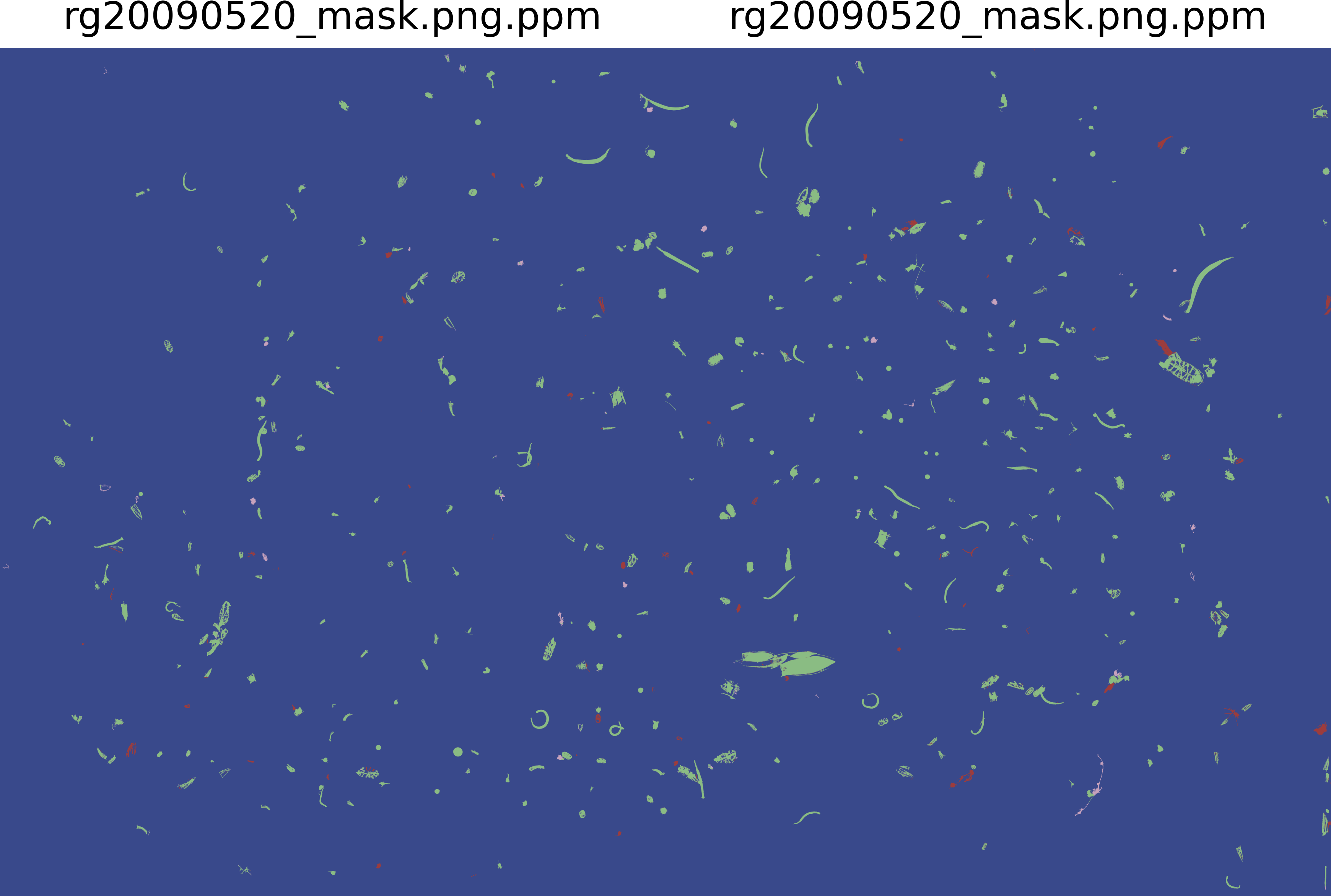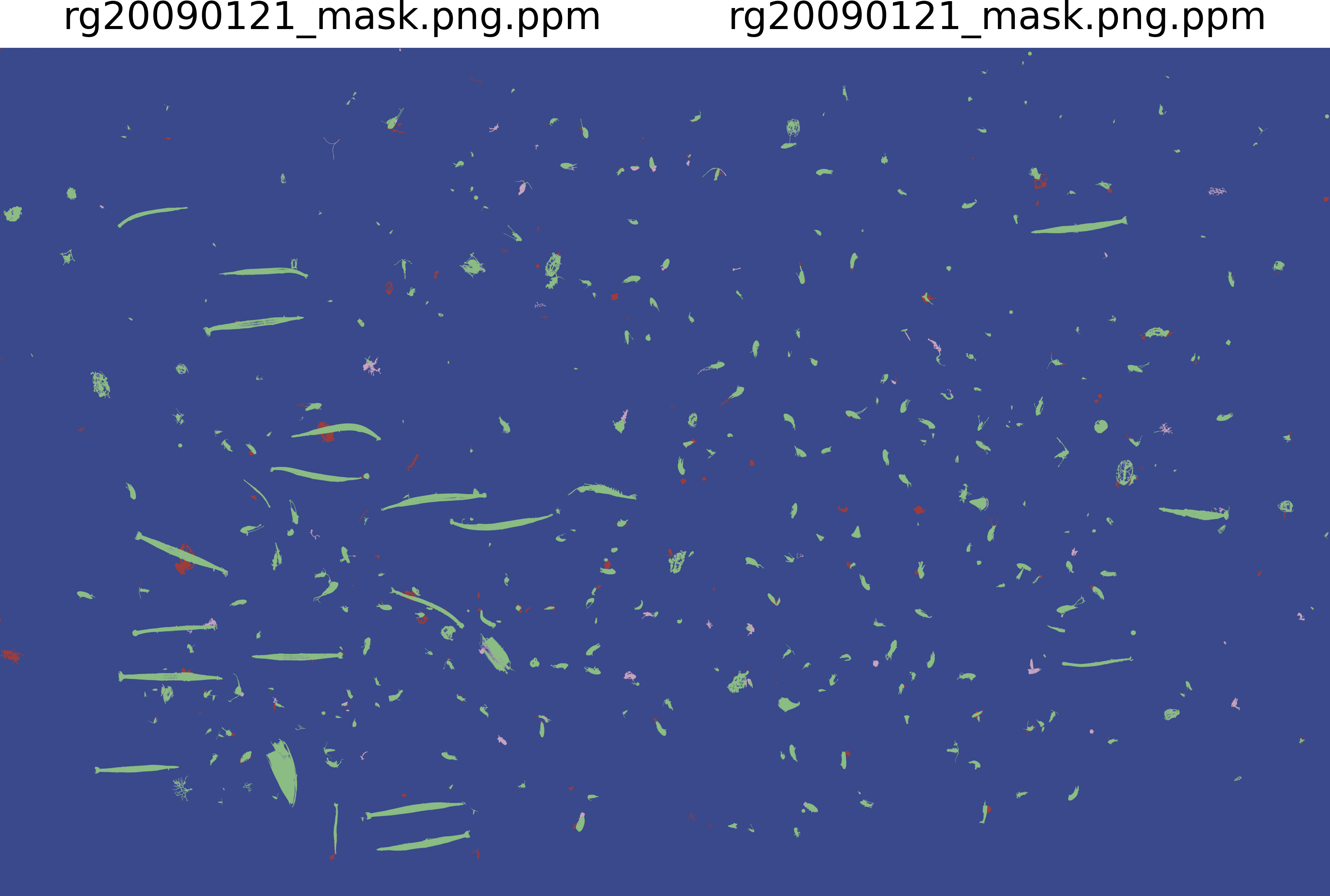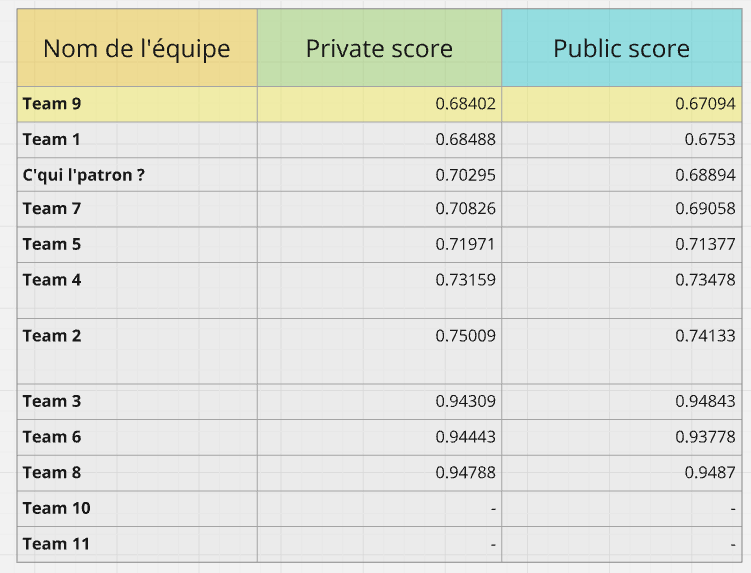teaching
Materials for courses I teach
Architecture des ordinateurs - CentraleSupelec (2025-)
This course deals with computer architecture, starting with the transitor and gradually building up the various layers of abstraction to finally reach programming. We’ll see the building blocks of information routing (multiplexer), memory (flip-flops, registers) and information processing (arithmetic and logic units) enabling the creation of data paths and their sequencing. The course ends with the programming of the architecture built in a language close to assembler and the realization of a mini-game, and ends by opening perspectives towards operating systems. All practical exercises will be carried out in Logisim simulation.
Full lecture is available on github https://jeremyfix.github.io/Architecture/
Illustration of the implemented architecture
Python for scientists - CentraleSupelec (2025-)
The aim of this teaching unit is to train students in the tools of the Python ecosystem for scientists. It covers the use of specialized libraries for a number of major themes: scientific computing with Numpy, signal processing with Scipy, managing and processing large volumes of data with pandas, formatting results with matplotlib and an introduction to machine learning with scikit-learn.
Full lecture is available on github https://jeremyfix.github.io/Python-for-scientists/
Free softwares for engineers - CentraleSupelec (2025-)
This course introduces the main tools of the free software world useful to an engineer. It covers the use of bash to interact with the system, the philosophy behind GNU tools and how to combine them (pipelines, IO redirection, etc.). We’ll also take a look at how to combine various tools (git, python, awk, sed, lynx, ffmpeg, make), using them to carry out two projects. Assessment will be based on the practical reports.
Full lecture is available on github https://jeremyfix.github.io/OutilsLibres/
Illustration of a video produced during the lecture
Ingénierie Logicielle pour l’IA et la robotique - ILIAR - Université de Lorraine (2024 -)
The aim of this course is to design and implement a robotic system incorporating deep learning algorithms. It is structured around a central project involving the autonomous control of a simulated robot. Throughout the various sessions, students will learn how to:
- control the robot by sending motor commands,
- build an annotated learning base with these commands,
- train a convolutional neural network,
- deploy the trained network.
All of this is implemented using ROS2 middleware and the PyTorch library. This is a joint lecture with Francis Colas
Full lecture is available on https://ia2vr.gitlabpages.inria.fr/iliar/.
Deep learning - Master 2 IA2VR - Université de Lorraine (2024-)
This course is an introduction to deep learning. The full lecture materials is available on https://ia2vr.gitlabpages.inria.fr/deeplearning.
Deep learning - CentraleSupélec - SDI-M (2024-2025)
Lectures
- Lecture 1 Introduction to deep learning and linear networks
- Lecture 2 Linear networks and RBF networks
- Lecture 3 Convolutional Neural Networks
- Lecture 4 Convolutional Neural Networks : Applications
- Lecture 5 Recurrent Neural Networks and applications
Labs
- Lab 1 Introduction à pytorch
- Lab 2 Segmentation sémantique avec un modèle encodeur/décodeur sur Pascal-VOC
- Lab 3 Automatic Speech Recognition
- Lab 4 Deep Convolutional Generative Adversarial Networks
Challenges
- 2024-2025 Zooplankton semantic segmentation
To have an idea about the performances of the teams, below are renderings of the predictions on the test images where the color code is :
- blue: true negatives
- green : true positives
- red : false positives
- purple: false negatives




























- 2023-2024 : we participated to the GeoLifeClef 2022 challenge, after the competition was over. The final leaderboard of the teams is shown below.

- 2022-2023 Phytoplankton temporal series prediction
- 2021-2022 Zooplankton classification